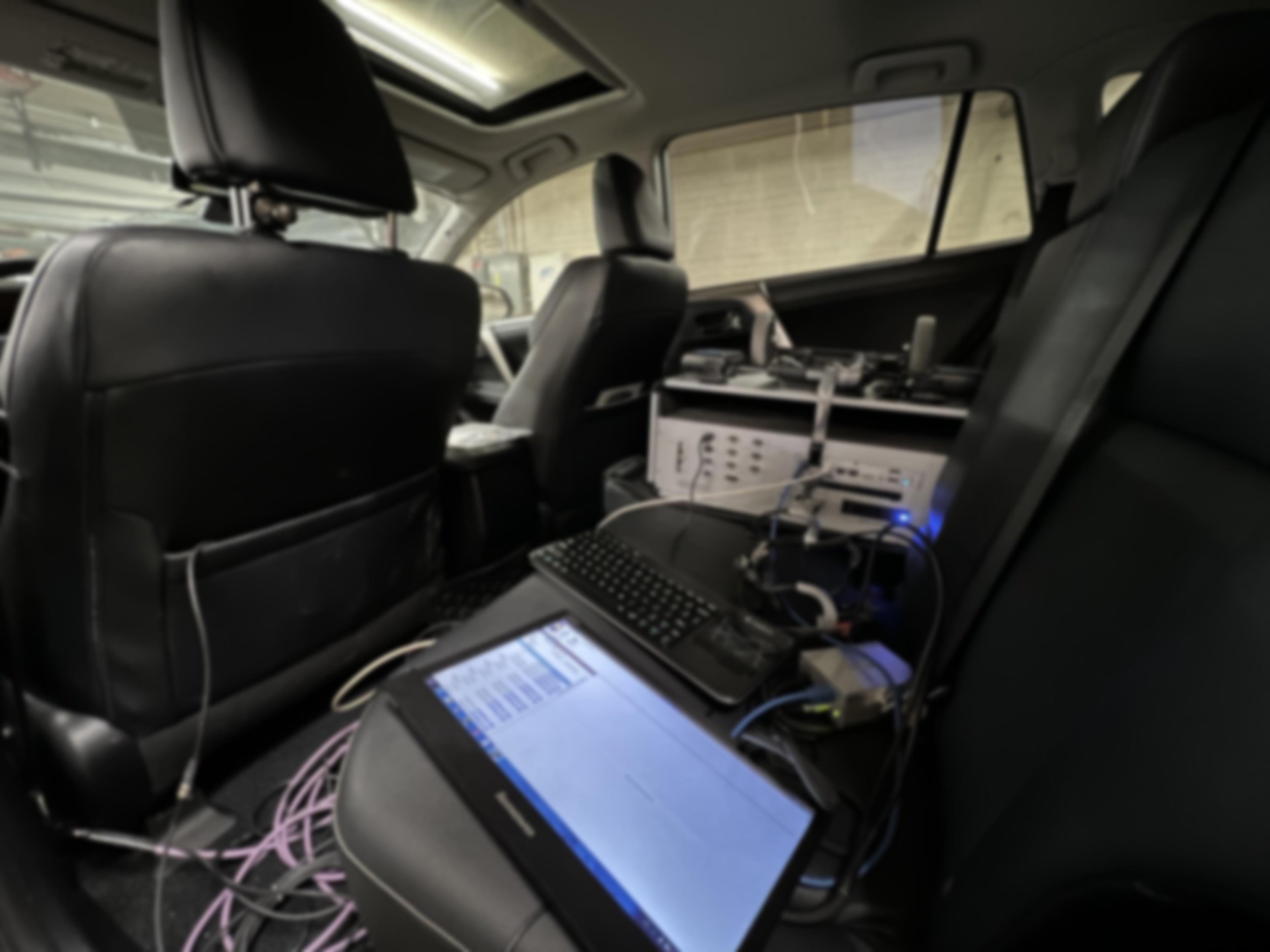
Design is about filling the gap and putting ideas together.
The design process should be structured, yet creative. My design process involves 4 core values: empathy, reflection, accessibility, usability.
Core values
1 Empathy
Empathy is the key to design for users. It allows me to understand what the user really needs by listening. Connecting myself with the user and their problems is the heart of my user-interface design philosophy.
2 Reflection
Reflecting upon myself and the work I’ve done is important to me. This gives me a chance to learn about myself and ways to improve my work. Furthermore, reflection helps me to expand my skills, too.
3 Accessibility
I believe good designs are not only advanced but also accessible. Making good designs means it should be accessible to users, no matter who they are, where they are from, and if they have any disability.
4 Usability
Making good designs also means the user can complete their tasks easily and efficiently. I am always trying to improve the usability of my designs by applying human factor design principles
Workflow
1 Identify the gap
Identifying the gap is the foundation of the design. Knowing what’s missing in the current systems will help setting the requirements of the solution.
2 Set the scope
Setting the scope not too narrow or too wide will help the design process stays in the boundaries of the requirements. A well-defined scope is important before the design process starts.
3 Brainstorm, and iterate
Gather ideas from everyone and evaluate them. Test for feasibility and walkthrough the prototypes can help transferring ideas to designs. Before implementing the design, this process will be iterated to optimize the design solution.
4 Testing and validation
The design needs to be tested and verified to make sure that the requirements are satisfied. A good design never stops here — it’s an iterative process. New gaps will be found, and new ideas will continue to pop in!








